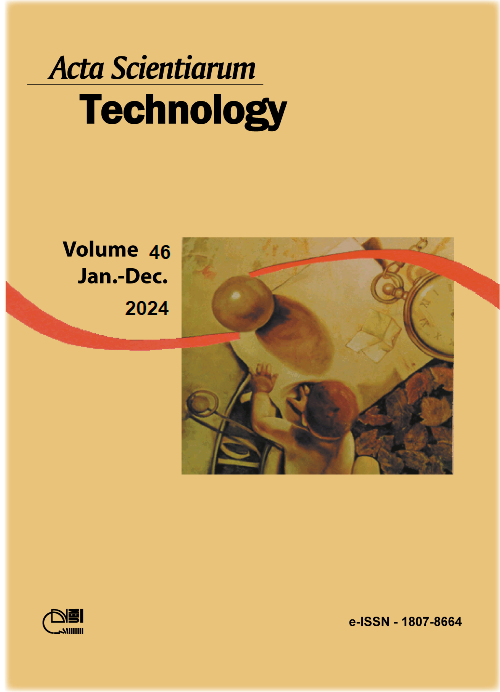Extending the Capacity of IoT Devices with Serverless Services for a Face Detection Application: A practical evaluation
DOI:
https://doi.org/10.4025/actascitechnol.v46i1.65769Keywords:
IoT; serverless; energy consumption; network performance.Abstract
IoT systems have limitations and challenges in many ways, such as performance, energy consumption, memory footprint and data storage. One possible solution to minimize these limitations is to integrate IoT devices with the serverless cloud computing model. In this context, this work aims to analyze the integration of these two technologies to determine if it can help overcome the limitations of IoT devices, most notably energy consumption and performance. A face detection application was adapted to run on an IoT device and the AWS Serverless Lambda service. Through experimentation, some metrics like latency, execution time and energy consumption were collected to evaluate the impact of serverless technology on the scope of IoT systems development. Results show that serverless technology is superior to the IoT device used in terms of performance, but it is directly related to the quality of the network connection to which the device is connected. Serverless technology can also be very useful when power supply to an IoT device is an issue, as these devices are usually battery-connected and have limited power source.
Downloads
Downloads
Published
How to Cite
Issue
Section
License
DECLARATION OF ORIGINALITY AND COPYRIGHTS
I Declare that current article is original and has not been submitted for publication, in part or in whole, to any other national or international journal.
The copyrights belong exclusively to the authors. Published content is licensed under Creative Commons Attribution 4.0 (CC BY 4.0) guidelines, which allows sharing (copy and distribution of the material in any medium or format) and adaptation (remix, transform, and build upon the material) for any purpose, even commercially, under the terms of attribution.
Read this link for further information on how to use CC BY 4.0 properly.











8.png)




